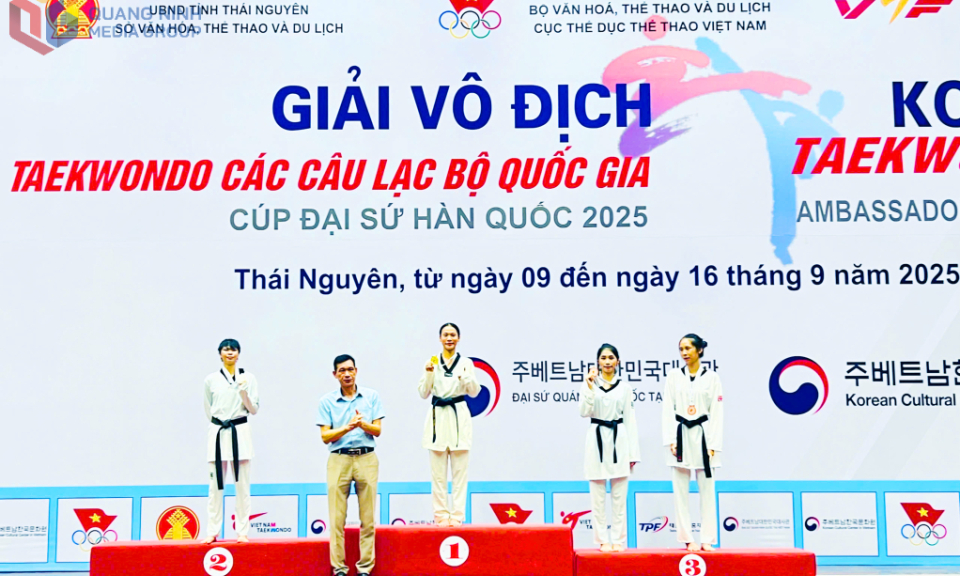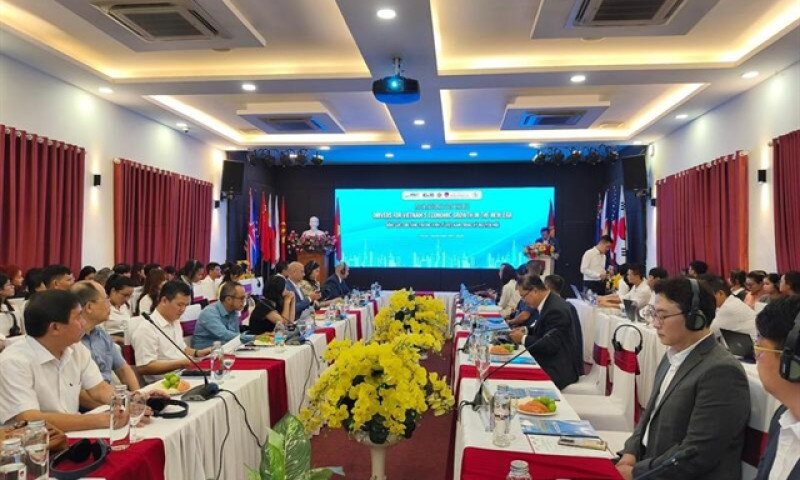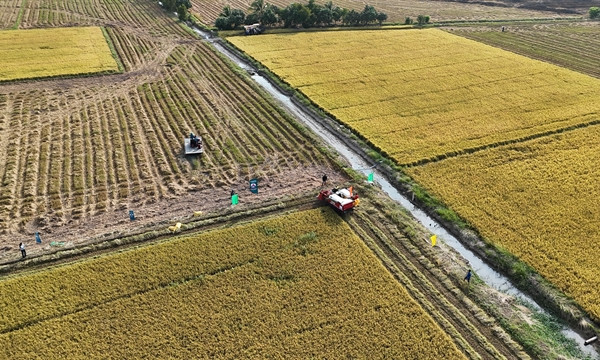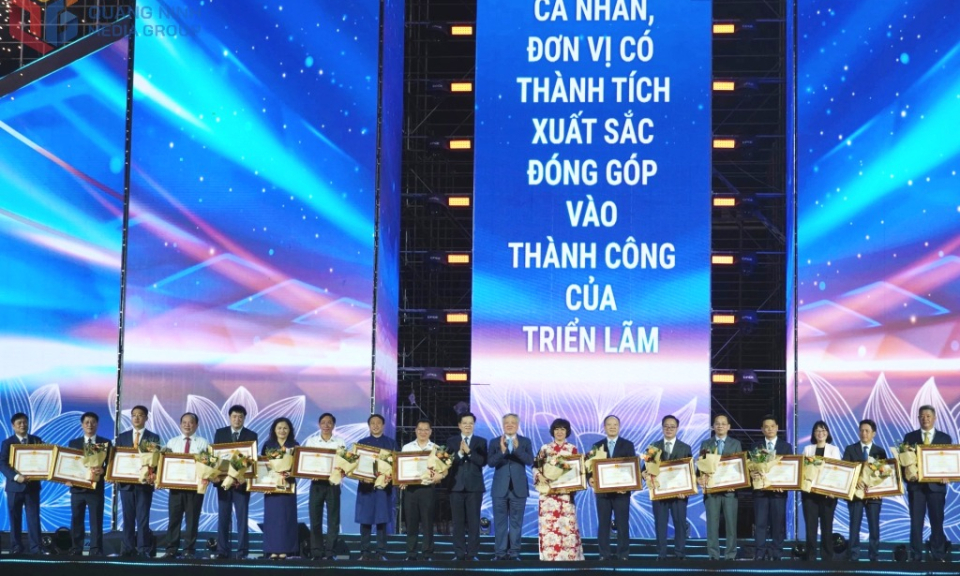Creating lasting impressions is the future of luxury tourism in Việt Nam
The challenge lies in encouraging visitors to prolong their stays and increase their spending, while exploring Việt Nam.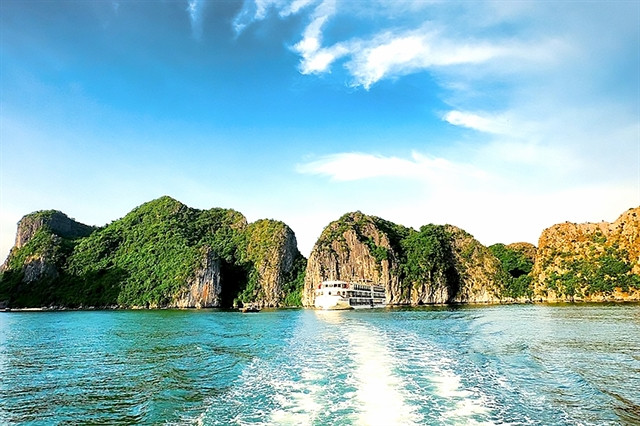
In today's travel landscape, luxury may not be defined by extravagant hotels or lavish offers, but by unforgettable journeys enriched with profound experiences and unexpected insights, where the emotions of travellers play a pivotal role in determining the true value of their adventures.
When guests feel genuinely impressed and fully immersed, they are often willing to spend significantly in these services, embodying the true spirit of luxury tourism.
But how can Việt Nam attract high-end tourists and inspire them to purchase beautiful experiences?
Deputy Minister of Culture, Sports and Tourism, Hồ An Phong, highlights a promising landscape for luxury tourism.
A recent study indicates that the global luxury tourism market, which was over US$2.1 trillion in 2023, is projected to exceed $3 trillion by 2032, maintaining an annual growth rate of four per cent from 2024 to 2032.
Interestingly, in Europe, one of the world’s foremost travel destinations, luxury tourism accounts for only about two per cent of total visitors, yet represents an astonishing 22 per cent of travel expenditure, estimated at 130-170 billion euros.
Phong sees a significant opportunity for Việt Nam to harness this market, paving the way for a revival and robust development of its tourism sector.
While he acknowledges that luxury tourism is one of the fastest-growing segments globally, contributing high revenue and operational efficiency, he emphasises that the quality of the clientele remains paramount.
The challenge lies in encouraging visitors to prolong their stays and increase their spending, while exploring Việt Nam.
In recent months, Việt Nam has emerged as a coveted destination for billionaires seeking unique experiences and luxurious retreats. This has attracted numerous ultra-wealthy couples, particularly from India, who are choosing Việt Nam’s exclusive beach resorts for their weddings.
The endorsements of political figures, celebrities and the elite have further enhanced Việt Nam's international image as a premium tourist destination, proving the country’s capability to meet the demands of discerning travellers.
"The last three months of the year are peak seasons for welcoming international visitors. Therefore, this is a golden opportunity for us to assess and forecast strategies for attracting high-end tourists to Việt Nam," the deputy minister tells Vietnamplus.vn.
As the demand for personalised and exclusive travel experiences rises, experts suggest that luxury travellers are increasingly inclined towards high-end options and are prepared to pay a premium for quality products and services.
To cater to this desire for unique experiences and cultural exploration, various tourism services in Việt Nam have been designed with an emphasis on individualisation. A prime example is the tour to explore Sơn Đoòng Cave in Quảng Bình Province.
While it appeals to a niche market and comes with a high price tag, this tour often sells out quickly when bookings open at the beginning of the year.
Nguyễn Châu Á, founder and CEO of Oxalis Group, which exclusively operates Sơn Đoòng tours, reveals that there are currently 45 known caves in Phong Nha-Kẻ Bàng, representing only 30 per cent of the area’s cave system.
This tour is specifically designed for adventure seekers rather than the general public.

Since its inception, Sơn Đoòng has welcomed over 50,000 visitors, establishing Việt Nam as the largest hub for adventure tourism in Asia.
"To ensure the safety of each expedition group of ten guests, we require 30 support staff, including a cave expert, a tour guide, five safety assistants, a forest ranger, two chefs and 20 porters," Á said.
This luxury tourism offering not only generates consistent profits for operators but also contributes to local communities and significantly enhances the tourism brand of Quảng Bình, showcasing the allure of cave exploration and the wonders of Phong Nha-Kẻ Bàng to the world.
Additionally, helicopter tours providing breathtaking aerial views of Hạ Long Bay and HCM City, alongside projects merging tourism with music, golf, MICE events, cruise tourism and wellness retreats, hold substantial promise for attracting high-spending international visitors.
Ngô Thị Hương, Deputy General Director of Vinpearl Joint Stock Company, shared insights into how the company aims to create a multi-experience destination that features novel offerings unique to Việt Nam while ensuring tourist safety is a top priority.
According to Hương, unique culinary experiences will attract affluent tourists.
Visitors prioritise mental health and wellness.
South Korean visitors, in particular, show a strong preference for golf.
In some markets, tourists are increasingly interested in green tourism.
The number of Indian tourists visiting Việt Nam is on the rise.
“In 2024, Vinpearl has already hosted over ten weddings for Indian billionaires, with plans to double this number in 2025. Việt Nam is emerging as a prominent destination for weddings, MICE tourism, and golf tourism globally,” Hương said.
Meanwhile, Liam Cordingly from the Oxford Economic Research Organisation highlighted the limited and highly competitive nature of the luxury tourism market.
“In a survey of 1,800 potential tourists from the five largest sending markets to Southeast Asia, China, South Korea, Australia, the US and the UK, we found that culinary services are a significant driver in their choice of destination."
"Notably, luxury travellers show a greater interest in culinary experiences compared to mid-range and budget travellers."
To develop the luxury market, Cordingly recommended focusing on high-end culinary experiences, which includes building essential supply chains both domestically and internationally to enhance the quality of the travel experience.
It is crucial to create conditions for high-quality products, restaurants and bars to operate legally and to emphasise safety and reliability in food as a core element that shapes the image and reputation of a tourist destination.
To effectively cater to the needs of luxury travellers, experts recommend that travel businesses focus on the 'Five Cs': Culture, Cuisine, Customisation, Community and Content.
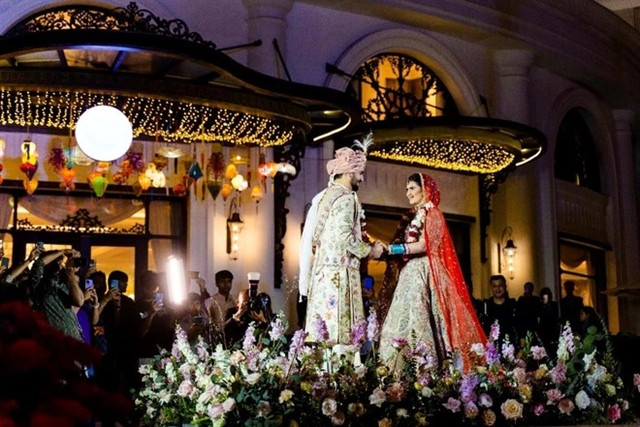
By integrating these five essential elements into their travel programmes, companies can attract and delight even the most discerning tourists.
Nguyễn Trùng Khánh, Director of the Vietnam National Tourism Administration, believes that a comprehensive solution is needed to tackle the challenge of attracting high-end visitors.
This approach involves conducting thorough market research, investing in infrastructure and technical facilities, and implementing policies that foster the development of high-quality tourism products and professional services, alongside training skilled personnel.
Khánh further asserts that the tourism and travel sectors must roll out targeted promotional campaigns that spotlight specific market segments, products, services, destinations and the premium tourism brand of Việt Nam.
Additionally, leveraging the media exposure generated by trips undertaken by global celebrities can significantly enhance the promotion of Việt Nam’s tourism.
By conducting market research to gain insights into the consumption behaviours and preferences of high-end travellers, the industry can devise effective communication strategies and establish a compelling brand image.


